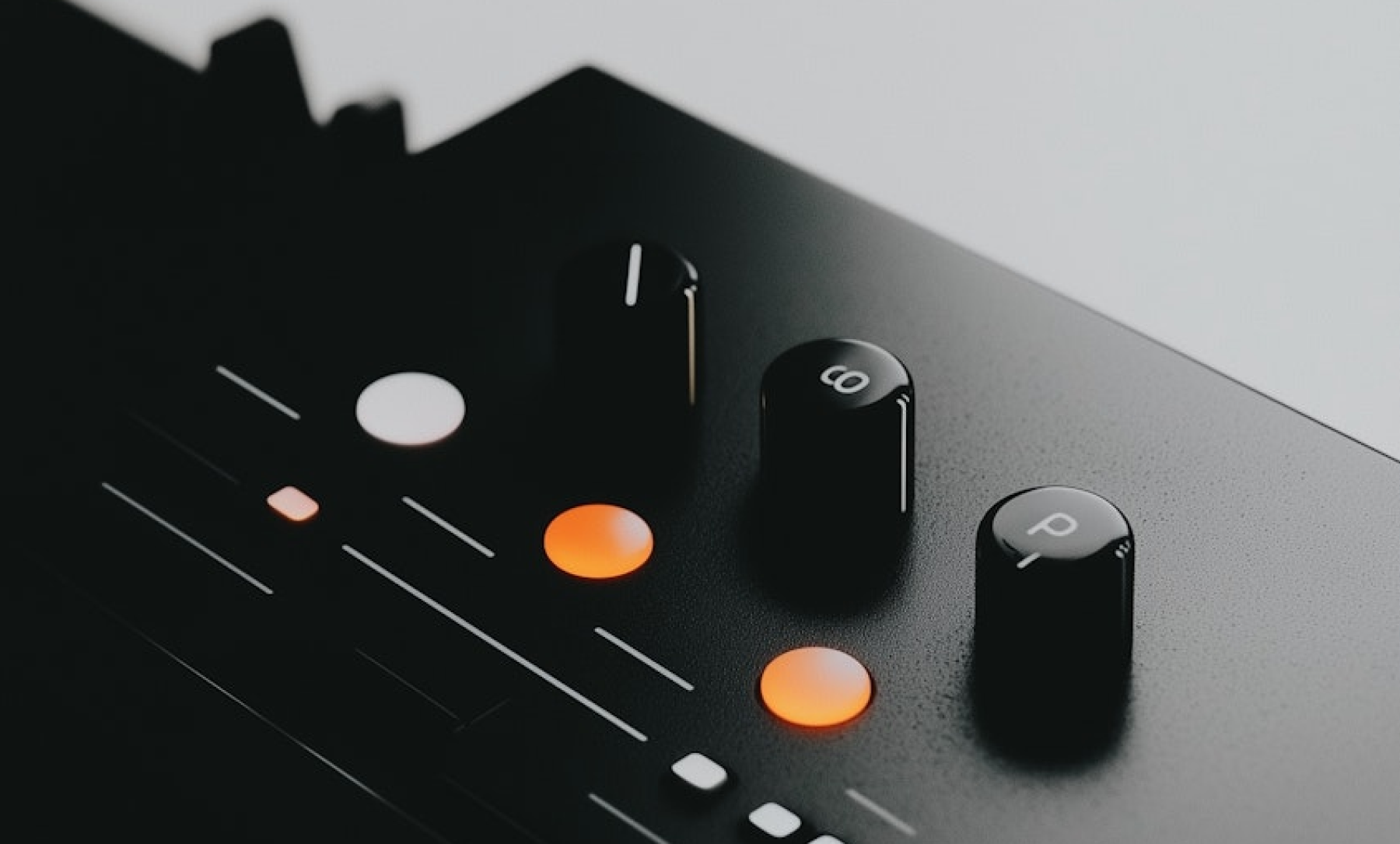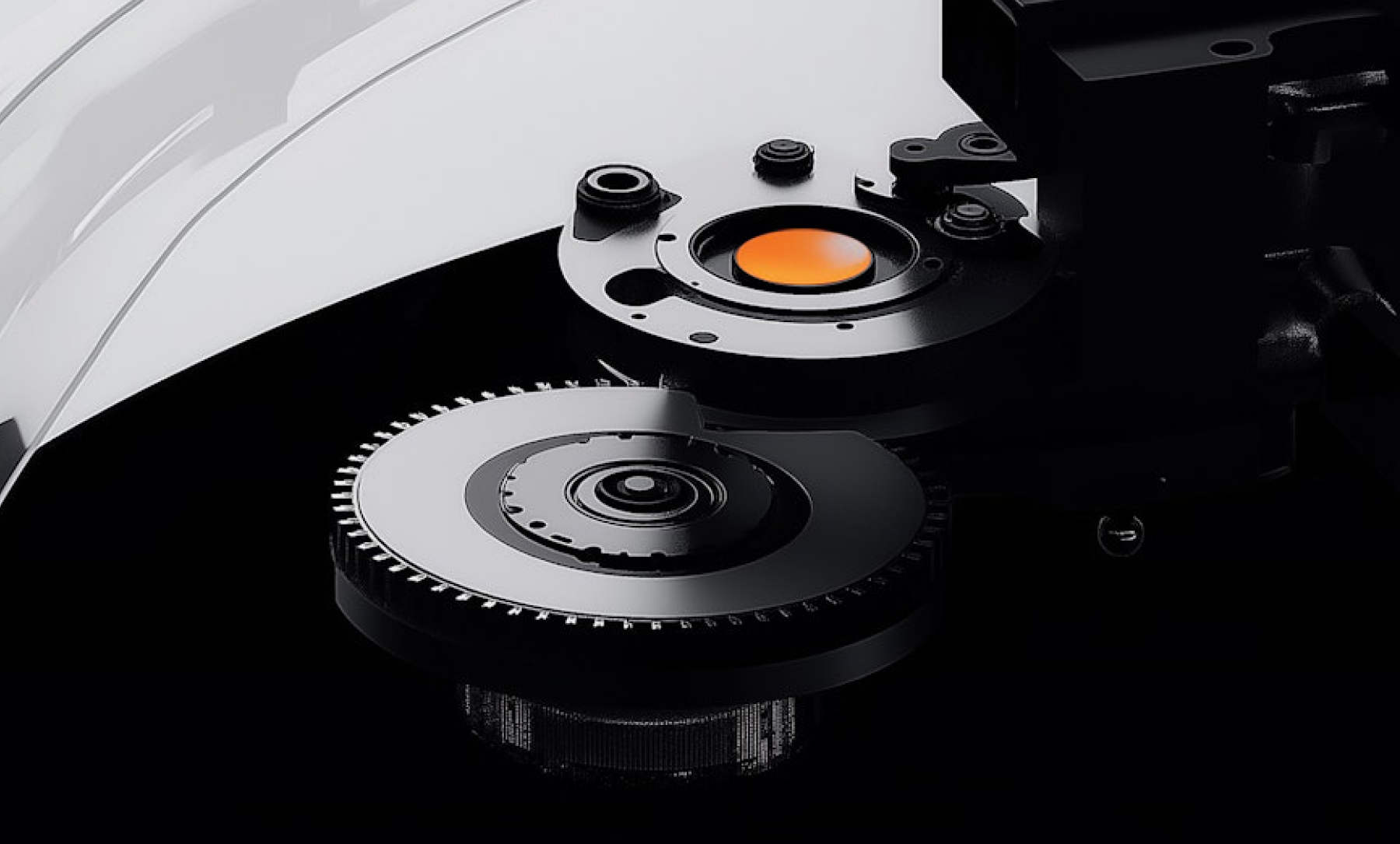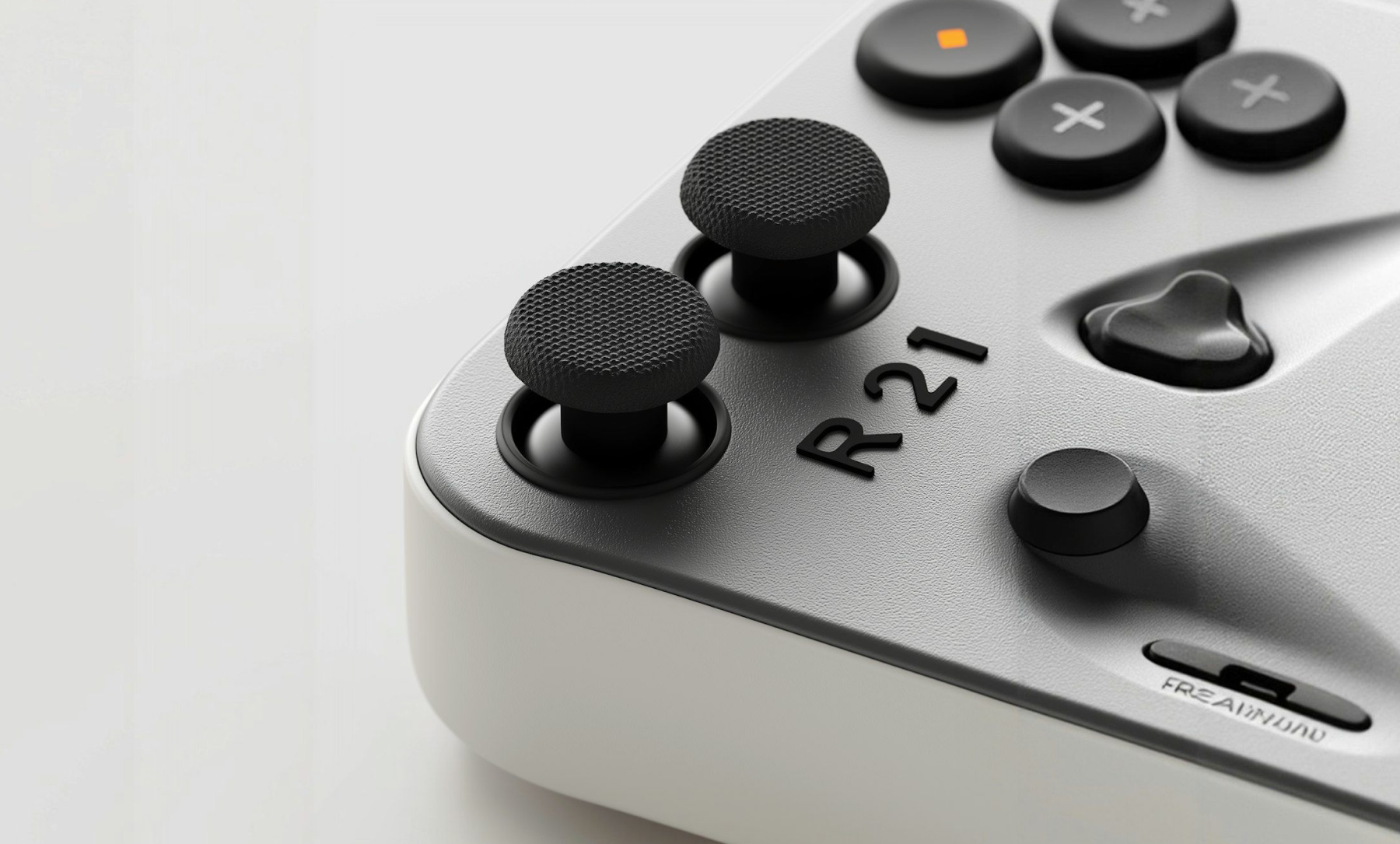Rewriting the hardware playbook - how software will reshape hardware product development
30 July 2025
The world of hardware has been undergoing a quiet transformation, driven less by the physical components and more by the software that powers the experience of the physical product.
As microcontrollers and embedded devices grow more powerful, the longstanding reliance on technologies designed for a resource-constrained world is giving way to modern technology stacks that enable better user experiences.
But making the switch from old to new isn’t just a technical upgrade, it’s a strategic opportunity to update engineering culture and engrained ways of working. Here are 7 ways to seize that opportunity.

1. Abstractions are lifting
C and C++ (and more recently Rust) have dominated embedded development for years, and for good reason - they offer tight control over memory management and performance in resource-constrained environments and will remain the default choice for many devices for years to come, especially in industries where strict timing, safety and reliability are an absolute priority.
But as modern MCUs become powerful, firms are starting to explore the use of higher-level runtimes such as JavaScript, TypeScript and even WebAssembly at the device level. This evolution is helping teams move away from arcane languages and toolchains, and leverage modern technologies to help accelerate delivery and enable a whole new class of user experience.
2. Unlocking richer user experiences
Since the advent of the smartphone, user expectations around UX have shifted dramatically. A generation of users, gorged on modern mobile and web experiences, now expect their device interactions to be sophisticated, responsive and user-friendly. The clunky, difficult-to-use interfaces of old simply don't cut it in today’s market.
Thankfully, advancements in screen technology now make it possible for hardware user experiences to rival your mobile phone. And even when the cost of integrating high-end displays is prohibitive, users can still interact with your products via their smartphone. The barriers to creating better user experiences have essentially been removed.
3. Design systems are changing the game
For years, hardware user interfaces were designed by the same engineers who built the software. As a result, the ensuing interfaces often mirrored internal data structures rather than actual user needs, and had little grounding in real users needs.
The introduction of product design as a discipline, and more specifically, design systems, has shifted that dynamic. Imagine your products all behaving similarly, predictably and consistently, and the impact this would have on customer satisfaction; all enabled by a unified set of components across all your product lines.
By placing design centre-stage, hardware organisations are starting to prioritise user experience to the same level as electrical and mechanical design. Furthermore, as we will see in a follow-up post, design systems can help reduce silos and improve cross-team collaboration when applied with the right discipline and overarching team structure.
4. Hiring just got easier
Finding great embedded engineers has always been a challenge. That pool of talent is arguably only getting smaller and older as time passes.
Adopting modern technology enables hardware teams to tap into a much broader, more diverse talent pool i.e. developers who are fluent in front-end frameworks, design systems and agile workflows. Rather than fighting over a diminishing pool of specialised talent, it is now possible to build and scale multi-disciplinary teams across software and hardware with relative ease.
5. Agility will improve quality
Many hardware organisations still operate with a “ship it once” mindset - a legacy of long manufacturing cycles and limited ability to update devices in the field. But modern software teams take a very different approach, one built on fast iteration, rapid feedback, and user-centred design.
Today, software development isn’t about getting everything right on the first release. It’s about learning through experimentation, embracing agility, and improving continuously. Even if physical products are shipped once, adopting agile workflows internally can lead to significantly better software quality.
For some hardware companies, "ship once" is a hard constraint, especially when devices are air-gapped or rarely updated for security reasons. But even in these cases, applying agile delivery principles within the development cycle, like continuous integration, automation, and iterative feedback, can deliver higher quality than outdated waterfall approaches.
6. Software as a differentiator
Software is increasingly critical to the success of hardware products. More often, the digital experience is the product experience, and while the real magic might occur inside your device, for your users, the real value is in the software.
As a result, product development now requires deeper integration than ever before between design, engineering and firmware teams. And in this mix, user experience must be treated as a first-class concern across all your product interactions, hardware and software. Put another way, there's no point having the best device on the market if you don't have the best overarching digital experience.
7. Blending real-time with runtime
New technologies might be enabling better user experiences and workflows, but real-time operating systems (RTOS) are still vital in many hardware environments - especially those with strict timing, safety or reliability requirements such as medical devices, industrial control, aerospace, automotive and robotics.
But this isn't a zero-sum choice between improved user experiences and deterministic performance. RTOS and modern technologies can happily coexist. Indeed, pairing devices that handle real-time, safety-critical tasks with higher-level runtimes (that handle enriched UX and business logic) can give the best of both worlds.
In our nearly two decades of experience working with hardware companies, we have seen this blended approach work really well, most notably in safety critical medical applications and in the power industry.
Closing thoughts
Of course, integrating web technologies and new ways of working is easier said than done. The reality is, managing multiple product lines, at different price points, for different contexts, across different markets, brings huge challenges. And that’s before we talk about the culture changes required within your engineering function.
Tradeoffs will always have to be made and everyone's mileage will vary, but CTOs who are able to embrace new technologies and ways of working, can set their companies up for faster innovation, better talent acquisition and more compelling product experiences.

Tara Simpson
Founder / CTO


